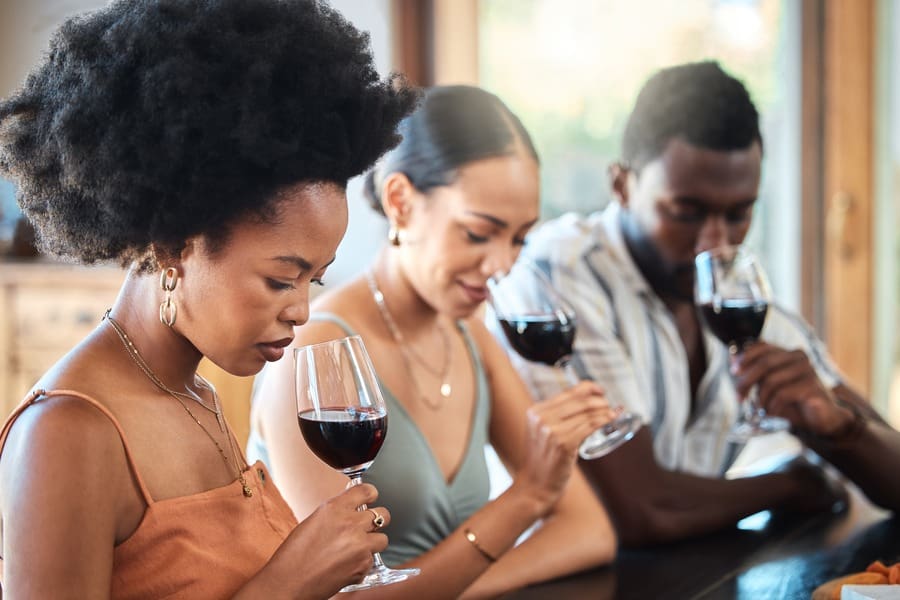You are now entering the thrilling world of wine tasting. Whether you’re a beginner or simply want to deepen your enjoyment of wine, we can help! So, let’s embark on this flavorful journey together!
Understanding the Basics
What Is Wine Tasting?
Tasting wine is not only about drinking; it involves an entire sensory experience. Use your eyes, nose, and mouth to fully understand the different layers within each wine.
The Essential Tools
Prepare the necessary items: a proper wine glass, something simple to clear your palate like crackers or bread, and a notebook to record your thoughts.
How to Hold a Wine Glass
Hold the glass from its stem to prevent your hand’s warmth from affecting the wine, preserving the right temperature for sipping.
Exploring Wine Varieties
Reds vs. Whites
Begin by trying both red and white wines to understand the basic differences between them. Red wines are usually more robust, whereas white wines are more crisp.
Getting to Know Grape Varieties
Learn about the unique qualities of well-known grape types such as cabernet sauvignon, chardonnay, and merlot. Each one has its own different taste.
Understanding Sweetness and Acidity
Understand how to recognize the sweet and sour tastes in various wines. This will help shape your preferences when tasting different kinds of wine.
The Tasting Process
Sight: The Visual Inspection
Place your glass in front of a white backdrop to see the color clearly. Reds may be deep, like ruby, or lighter, like garnet; whites can appear as light straw or rich golden.
Smell: The Aromatic Experience
Swirl the wine slowly in your glass to release its aroma. Pause to breathe it in, trying to recognize different smells such as fruits, flowers, or spices.
Taste: Savoring the Flavors
Sip slowly to cover your taste buds. Pay attention to the first flavor, how it changes, and how it ends. Is it smooth, bold, or crisp?
Assessing Tannins and Body
Learn about tannins and how they contribute to the wine’s framework. Consider whether the wine is light, medium, or full in body, as this influences how it feels in your mouth.
Pairing Wine With Food
Complementing Flavors
Match light-bodied wines with mild meals, and choose strong red wines to accompany more substantial dishes. A good combination improves the enjoyment of both the meal and the wine.
Experimenting with Contrasts
Pairing sweet wine with spicy food can create an enjoyable, surprising mix for your taste buds.
Navigating Wine Labels
Decoding Label Language
Understanding wine labels is essential. Get familiar with words such as varietal, vintage, and appellation to choose wisely.
Exploring Regions
Different areas make their own unique wines. Understand how weather and climate affect taste by trying wines from various regions.
Joining the Wine Community
To broaden your palate and wine-tasting knowledge, attend local wine events in the area or become a member of a wine club. It’s enjoyable and informative to sample wines with others. Talking about different wines helps you learn more and find new varietals to try.






